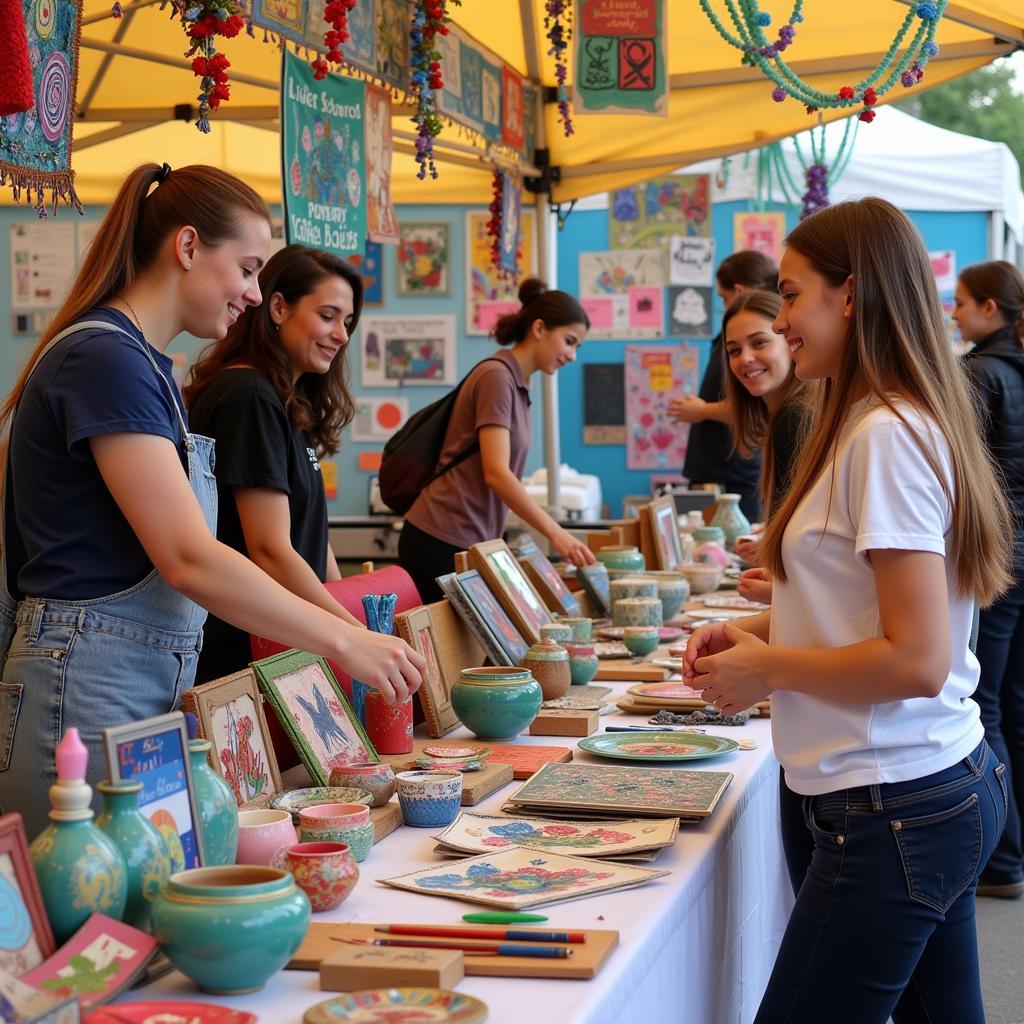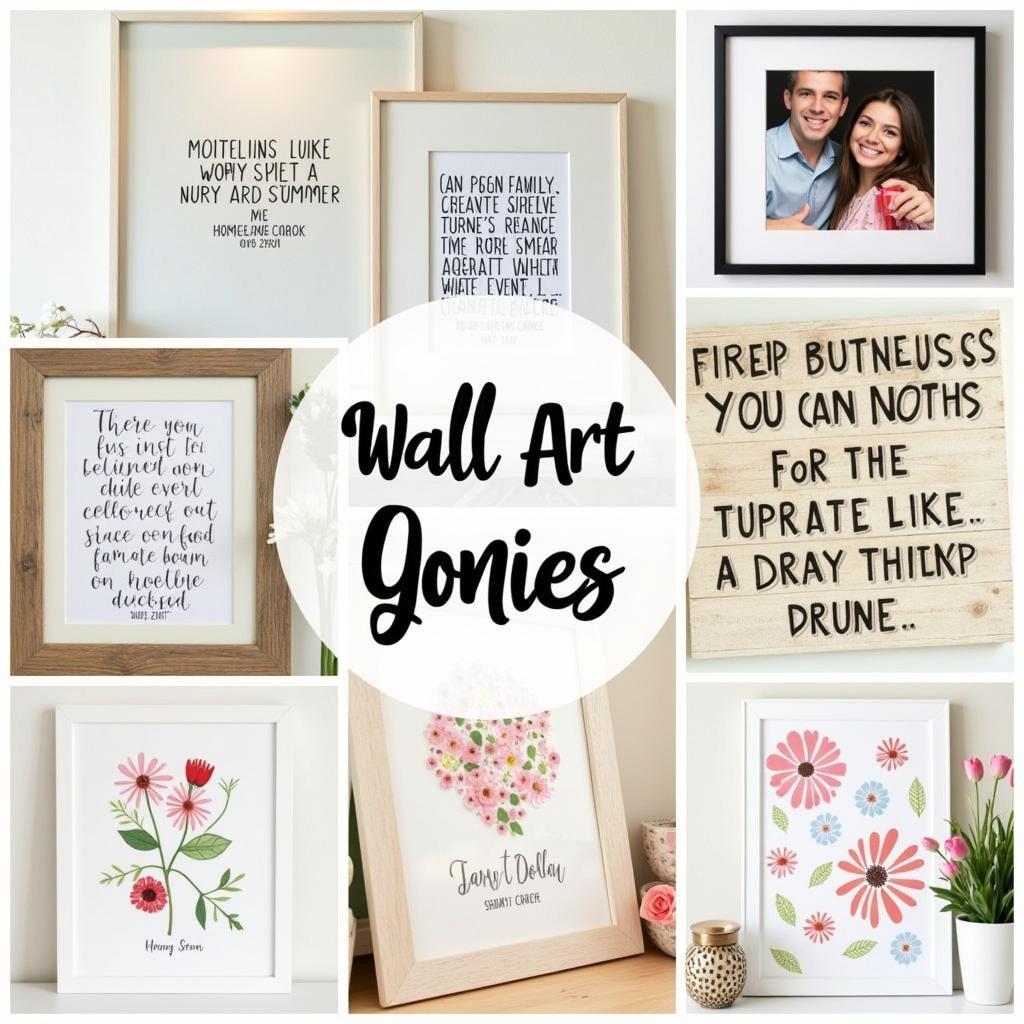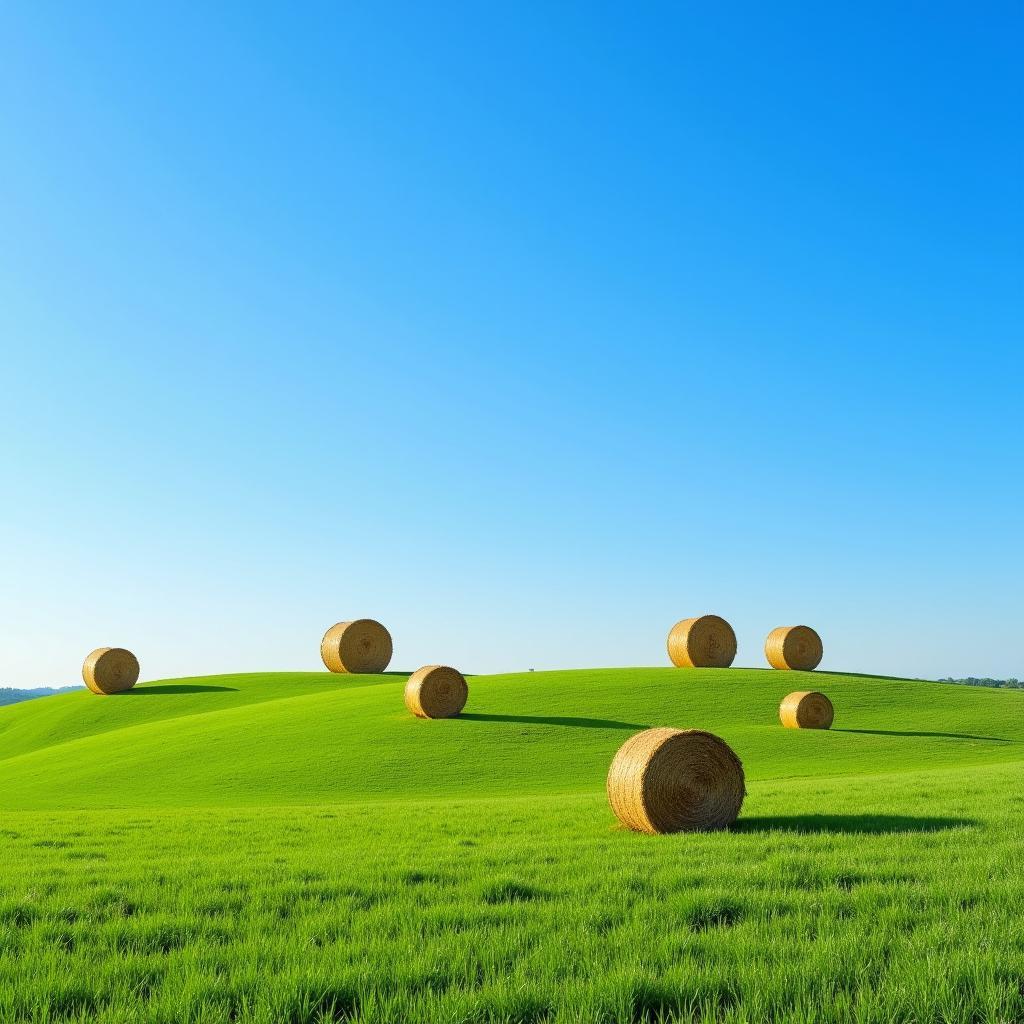Unleash Your Inner Artist with an Art Charcoal Set
From expressive sketches to dramatic portraits, an Art Charcoal Set can be your gateway to capturing the essence of your subject with depth and nuance. Whether you’re a seasoned artist or just starting your creative journey, understanding the tools and techniques of charcoal drawing can unlock a world of artistic possibilities.
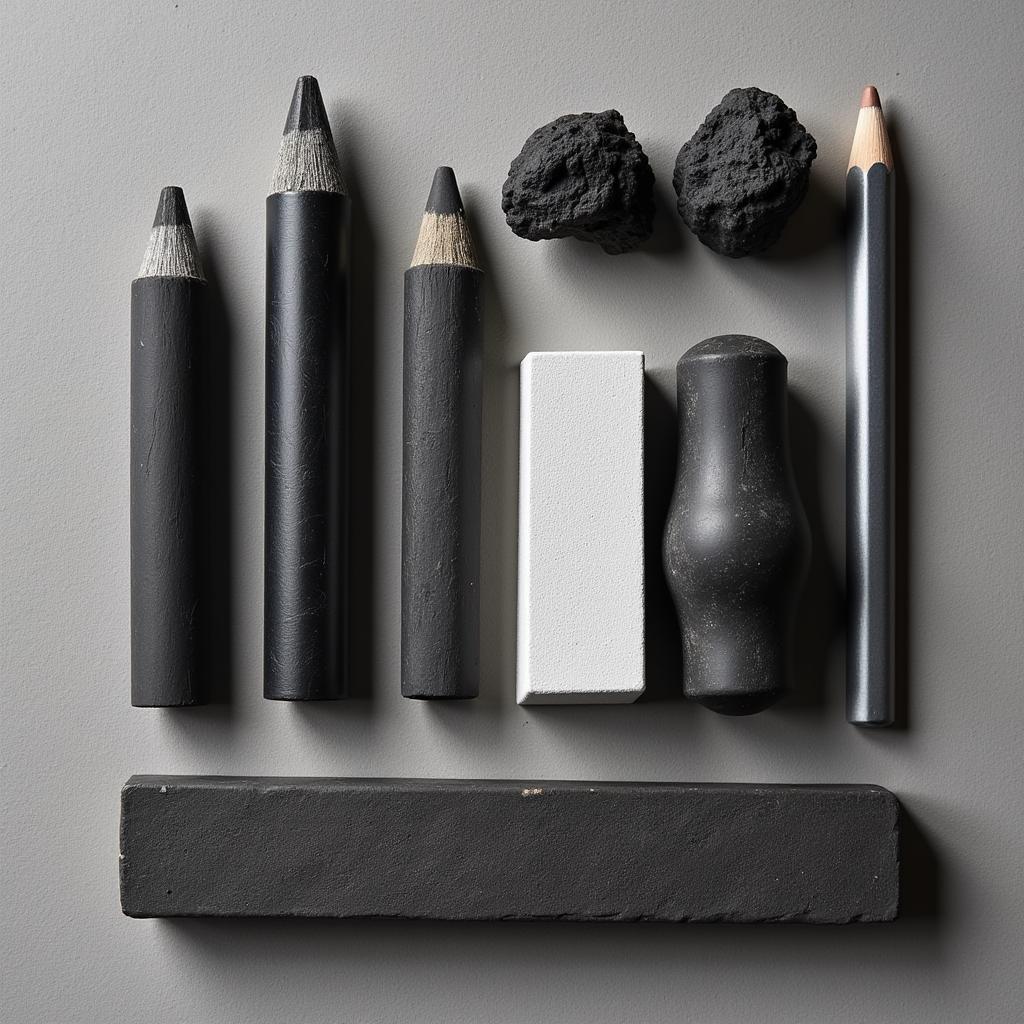 Essential tools in an art charcoal set
Essential tools in an art charcoal set
Exploring the Versatility of Charcoal as a Medium
Charcoal, in its purest form, is simply charred organic material. This simple beginning, however, belies its remarkable versatility. From delicate lines to bold strokes and rich blacks to subtle grays, charcoal offers a dynamic range of values unmatched by many other drawing media. This ability to create dramatic contrasts and smooth transitions makes it ideal for capturing light, shadow, and texture.
Choosing Your Ideal Art Charcoal Set: A Beginner’s Guide
Navigating the world of art supplies can feel overwhelming, especially for beginners. When selecting your first art charcoal set, there are a few key elements to consider:
- Types of Charcoal: Charcoal comes in various forms, each offering unique qualities. Vine charcoal is excellent for delicate lines and blending, while compressed charcoal delivers denser blacks and is ideal for bold marks. Willow charcoal falls somewhere in between, providing a balance of versatility.
- Drawing Tools: Blending stumps and tortillions are indispensable for creating smooth transitions and subtle gradations. A kneaded eraser, unlike a regular eraser, lifts charcoal from the paper’s surface, allowing for unique highlighting effects. Sandpaper blocks help sharpen charcoal pencils and create dust for specific techniques.
- Paper Selection: Charcoal adheres best to textured surfaces. Experiment with different paper textures, such as sketch, drawing, or watercolor paper, to discover what suits your style.
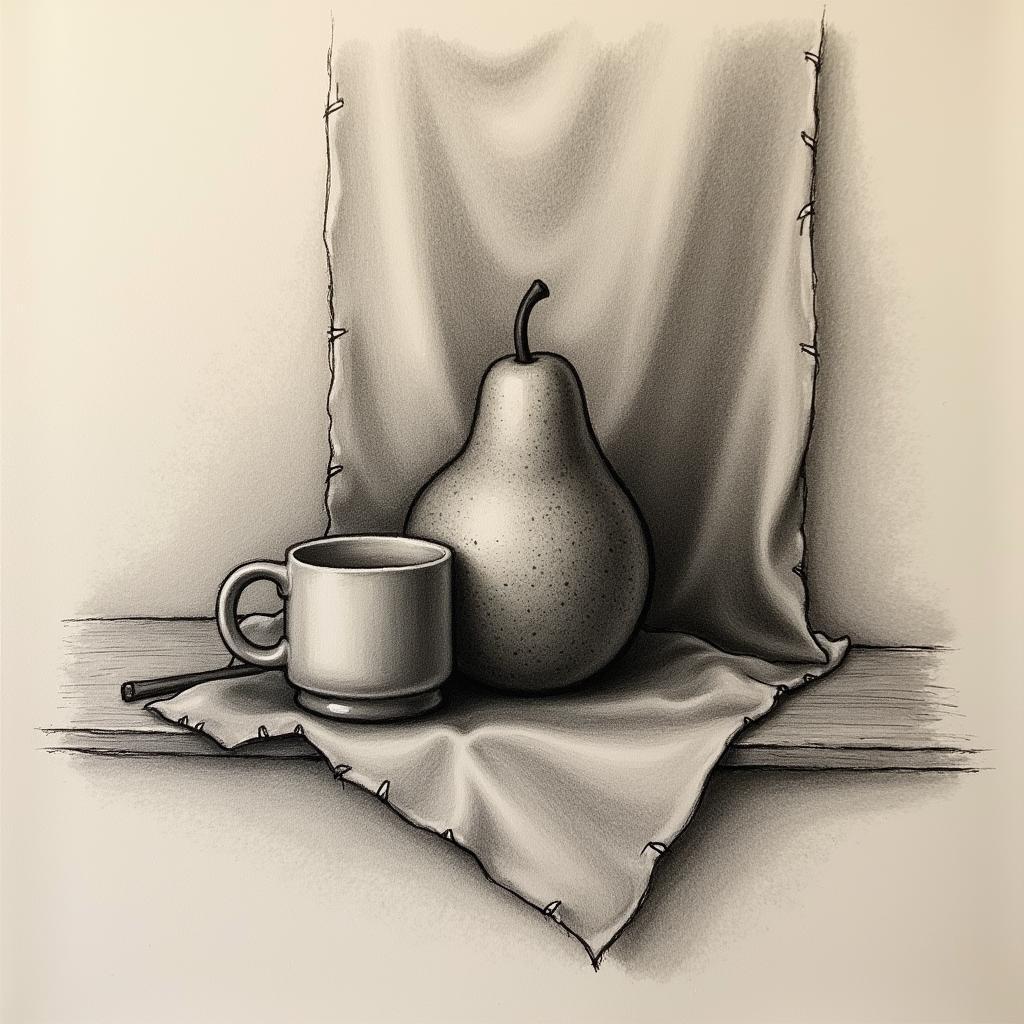 Charcoal sketch of a still life
Charcoal sketch of a still life
Mastering the Art of Charcoal Drawing: Essential Techniques
Charcoal drawing, while seemingly straightforward, offers a world of possibilities when it comes to techniques:
- Layering and Blending: Start with light layers of vine charcoal to establish the basic shapes and values of your composition. Gradually build up the intensity by layering compressed charcoal for darker areas. Use blending stumps or tortillions to create smooth transitions between values.
- Creating Texture and Detail: Experiment with different charcoal pencils and tools to create a variety of textures. Use a sharp charcoal pencil for fine details, while a wider stick can create bold strokes. The side of the charcoal can be used to cover larger areas quickly.
- Lifting and Erasing: The kneaded eraser isn’t just for correcting mistakes; it’s also a valuable drawing tool. Use it to lift charcoal from the paper’s surface to create highlights, soften edges, or introduce subtle variations in tone.
 Expressive charcoal portrait on textured paper
Expressive charcoal portrait on textured paper
Conclusion: Embark on Your Charcoal Drawing Journey
An art charcoal set is more than just a collection of tools; it’s an invitation to explore the beauty of light, shadow, and form. As you become more familiar with the unique properties of charcoal, you’ll discover endless creative possibilities. Don’t be afraid to experiment, make mistakes, and most importantly, enjoy the process of bringing your artistic visions to life. If you’re looking for inspiration and guidance on your artistic journey, consider exploring online resources like [instructional art books] and [art projects for 8th graders]. For those seeking a more structured learning experience, local [art classes fresno] or [tulsa art classes] can provide valuable instruction and a supportive community.
Frequently Asked Questions About Art Charcoal Sets
1. What are the different types of charcoal used for drawing?
Charcoal for drawing comes in various forms, including vine charcoal (light and blendable), compressed charcoal (dense and dark), and willow charcoal (offering a balance of both). Each type has unique properties, allowing for a range of artistic effects.
2. Can I use regular drawing paper for charcoal drawing?
While regular drawing paper can be used, charcoal adheres best to textured surfaces. Opting for paper specifically designed for charcoal or pastel drawing, or even watercolor paper, will provide better results and prevent smudging.
3. How do I prevent my charcoal drawings from smudging?
Charcoal is a dry medium and prone to smudging. To protect your artwork, use a fixative spray specifically designed for charcoal and pastel drawings. This spray forms a protective layer over your drawing, preventing smudging and preserving your artwork.
4. What are blending stumps and how are they used?
Blending stumps, also known as tortillions, are tightly rolled paper sticks used to blend charcoal and create smooth transitions between values. They are particularly useful for softening edges, creating gradients, and achieving subtle shading effects.
5. Where can I find inspiration and ideas for charcoal drawings?
Inspiration can be found everywhere! Observe the world around you, study the work of master artists, or explore online platforms like Pinterest and Instagram for endless creative prompts and ideas.
We’re here to help you unlock your artistic potential! For any further questions or assistance, don’t hesitate to contact us at Phone Number: 02462573573, Email: danteum@gmail.com or visit us at Savico Megamall, 7-9 Đ. Nguyễn Văn Linh, Gia Thụy, Long Biên, Hà Nội 10000, Việt Nam. Our dedicated customer support team is available 24/7 to assist you.
Explore our website for more exciting resources and delve deeper into the world of art and creativity! You can find a plethora of inspiring ideas in our [art creations sketchbook] section.
